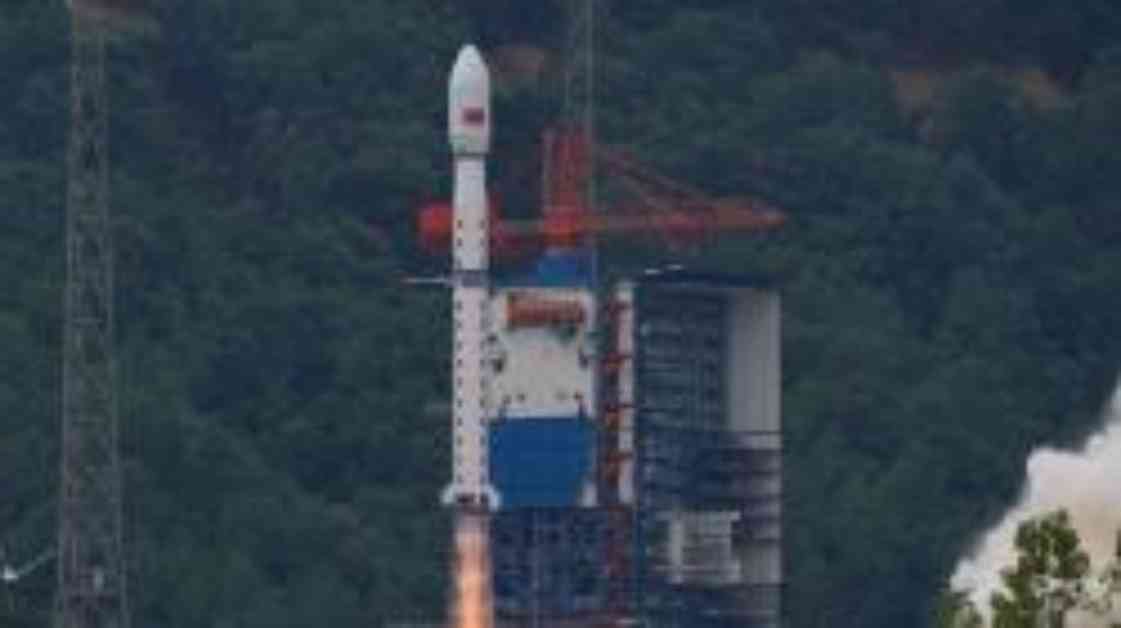China has recently made significant strides in enhancing its surveillance and monitoring capabilities with the launch of a new group of Yaogan remote sensing satellites. The Long March-4B carrier rocket successfully placed the satellites of the Yaogan-43 01 group into orbit, marking a milestone in China’s space exploration efforts. This launch, which took place at the Xichang Satellite Launch Center in Sichuan province, is part of China’s ongoing efforts to develop new technologies for low-orbit constellations.
Enhanced Surveillance and Monitoring
The Yaogan remote sensing satellites play a crucial role in China’s national security and defense strategy. These satellites are equipped with advanced imaging technology that allows them to capture high-resolution images of the Earth’s surface. This information is invaluable for monitoring various activities, including border security, disaster response, and environmental conservation.
By launching a new group of Yaogan satellites, China aims to enhance its surveillance capabilities and improve its ability to monitor critical regions. These satellites can provide real-time data on a wide range of activities, allowing Chinese authorities to respond quickly to emerging threats and challenges. With the growing importance of space-based surveillance in modern warfare, China’s investment in remote sensing technology is a strategic move to strengthen its national security.
Technological Advancements
The Yaogan-43 01 group of satellites represents the latest in a series of technological advancements in China’s space program. These satellites are equipped with cutting-edge sensors and communication systems that enable them to collect and transmit data with unmatched precision. By leveraging these technological capabilities, China can enhance its ability to monitor critical regions and respond effectively to emerging threats.
One of the key features of the Yaogan satellites is their ability to operate in low Earth orbit, allowing them to capture detailed images of the Earth’s surface. This position also enables the satellites to cover a wider area and collect data more efficiently. With the increasing demand for real-time surveillance and monitoring, China’s investment in low-orbit constellations is a strategic move to stay ahead of the curve in space-based technology.
Long March Rocket Series
The successful launch of the Yaogan-43 01 group of satellites marks the 531st flight mission of the Long March series rockets. The Long March rockets have been a cornerstone of China’s space program, providing reliable and cost-effective access to space for a wide range of missions. These rockets have a proven track record of success, with a high rate of mission success and a reputation for precision and reliability.
The Long March-4B carrier rocket used for this launch is a versatile and reliable platform that has been instrumental in China’s space exploration efforts. With a strong performance record and a payload capacity that meets the requirements of a wide range of missions, the Long March-4B is well-suited for deploying remote sensing satellites like the Yaogan-43 01 group. As China continues to expand its presence in space, the Long March rockets will play a crucial role in supporting the country’s ambitious space exploration goals.
In conclusion, the launch of the new group of Yaogan remote sensing satellites represents a significant milestone in China’s efforts to enhance its surveillance and monitoring capabilities. With advanced imaging technology and cutting-edge sensors, these satellites will enable China to collect real-time data on critical regions and respond effectively to emerging threats. By investing in low-orbit constellations and leveraging the capabilities of the Long March rocket series, China is positioning itself as a leader in space-based technology.

















